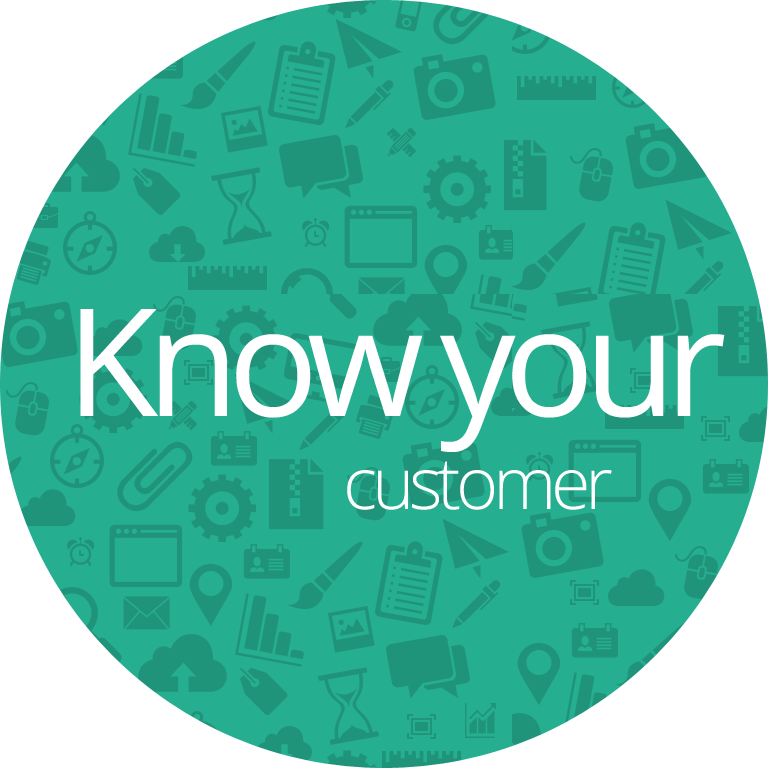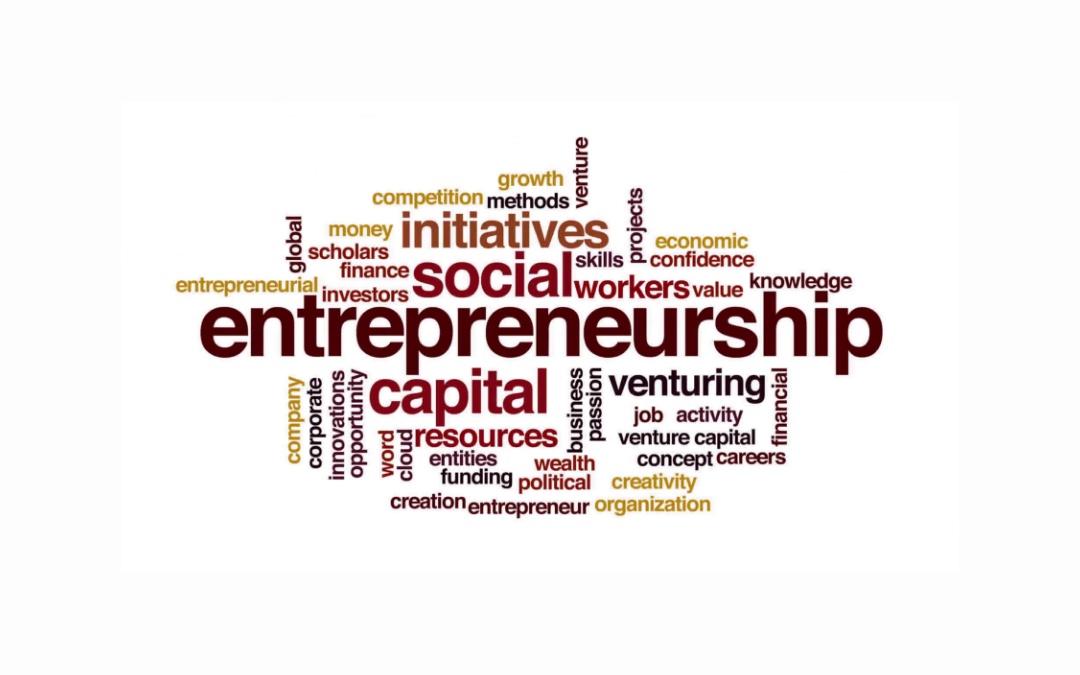Demystifying the Blockchain Delusion

Blockchain has been a major topic of discussion and media coverage in the last few years. It has been over-estimated as the magical wand that can solve all technical problems and build trust by default. This blog attempts to explain why Blockchain is not the solution to most use cases being tried around.
Blockchain Background
Bitcoin is driven by underlying technology called Blockchain that helps build trust among people, while creating and transferring unique value digitally, without any central institution or regulator. All blockchain transactions are transparent and immutable.

Blockchain relies on cryptography driven mining, to stamp all transactions uniquely, which builds the trust in collaborative transparent technology process.
Simply put:
- Blockchain is a database.
- Blockchain is a distributed database.
- Blockchain is a crowd-managed distributed database.
- Blockchain is a crowd-managed distributed secure immutable database of transactions.
In a blockchain, copies of a ledger are “distributed” and validated by a consensus process, with multiple users independently verifying ledger changes.
Blockchain concept was introduced in 2008, to support Bitcoin. Bitcoin’s core objective was to get away from a centralized system where financial institutions, state and regulators were not trusted. The first whitepaper on Bitcoin appeared in November 2008, after the Lehman Brothers bankruptcy in Sep 2008, when several financial institutions did not honor their commitments.
Bitcoin has been a major disruption of the 21st century. Who would have imagined in 2009, that people would be giving away their real hard earned money ($1,000+ for 1 digital coin), to get a digital currency which nobody owns, no central bank guarantees, is not backed by any gold or any other asset, is not even accepted for most real world products and services, and can be lost if you lose your digital access.
Fundamentals of why Bitcoin scaled with Blockchain
Before we jump into other potential use cases of Blockchain, lets see why Blockchain scaled Bitcoin into one of the most successful platforms. Highlighting some key factors which must be considered while evaluating a Blockchain use case:
- Shared Beneficial Ownership – Bitcoin Blockchain was owned by the public, striving to build a decentralized financial system where trust is built in a democratic fashion. While Bitcoin was initiated by smart hackers, it was scaled by the tech community and eventually became mainstream, because it seemed to help the whole world and everyone had an equal opportunity to build their businesses around it (like all miners, bitcoin exchanges, etc.). Wikipedia, Linux and several other open and crowd-sourced platforms have scaled in a similar fashion.
- Independent mining achieves trust – Blockchain does not create trust inherently. Several nodes independently validating all transactions, for some incentive, build trust in a Blockchain. If the Blockchain app did not have enough independent miners, Bitcoin transactions would not have been so trustworthy.
- True decentralization – Bitcoin is truly decentralized. There is no central point of failure. There is no dependence on 1 person, 1 node, 1 company, 1 nation, or 1 leader.
- No contract among transacting parties – While doing a Bitcoin transfer, payee and payer do not need to know each other. They do not need to have a legal agreement between them defining terms and conditions of their transaction.
- Some other factors – There are other factors that need consideration, including, multiple parties executing the transactions, transparency of transactions acceptable to all parties, public or private blockchain, etc.
All the above factors are very critical in evaluating if you need Blockchain in your technology stack or not. In my humble opinion, several use cases being developed on Blockchain do not qualify or need Blockchain at all. Some examples below.
Use cases being explored by several firms
- Banks’ consortiums building private Blockchain networks – A sample use case is to to settle their transactions more efficiently, Banks are building private blockchain networks. This has been one of the well-funded use-cases of Blockchain. It certainly helps in creating a shared ledger among Banks to settle their swaps or other financial products transactions, and save “billions of dollars”.
But maybe it’s interesting to understand, why banks spend billions of dollars in these transaction settlements in the first place. That’s primarily due to legacy mainframe systems in the banks’ back office workflows, that are decades old, and need high maintenance costs to keep running, coupled with inefficient manual processes on top.
Banks can achieve similar savings even if they replace their back office systems with any efficient shared database technologies like Oracle, SQL with smarter business logics on top of them.
Besides, Banks’ blockchain networks are private among banks that know each other and have several legal contracts among them, and do not need or intend to use any independent mining. Hence, Blockchain serves very little purpose, if any.
Banks can achieve similar savings even if they replace their back office systems with any efficient shared database technologies like Oracle, SQL with smarter business logics on top of them.
Besides, Banks’ blockchain networks are private among banks that know each other and have several legal contracts among them, and do not need or intend to use any independent mining. Hence, Blockchain serves very little purpose, if any.
- Exchanges building Clearing platforms on Blockchain – Clearing is the process of matching and netting trades among counterparties before settlement, after the trades have been done. Blockchain is meant to do instant clearing / settlement, instead of 2 days, and be more efficient. There are several challenges in this use-case,
- There is no need for independent mining, as the clearing-house is the key trusted counterparty between all members. And members are unlikely to be willing to, or capable of mining each others trades.
- The counterparties in clearing process prefer anonymity (than to let anyone find out who is executing which trades). So such solutions have to mask somehow the digital addresses of counterparties, and lose the point of having an open Blockchain in the first place.
- This is a regulated space. No regulators shall easily support a different unproven technology that does not solve any real problem in grand scheme of things.
- Shifting market participants (exchange, members of exchange, clearing house, settlement depositories, regulators, etc.) on a new platform is a multi year exercise, which is very hard to make-work. And that too, in a market that is not broken.
- Workflow based Blockchain validations – There are several use-cases in supply chain, trade finance, where essentially the digital authentic documents need to be shared among different entities including suppliers, banks, exporters etc.
Doing these in Blockchain can arguably help, but the information flow and approvals are between a few of entities (say buyer, seller & 2-3 banks in the above example). They can already achieve the same by digital signatures while sharing the documents through a digital platform (including a simple email server). No independent mining is needed or can help in this case, hence Blockchain is not the best solution.
And the biggest challenge of a supplier faking an invoice, or taking multiple financings from different banks over single invoice, cannot be solved by Blockchain, unless all potential financiers become part of this network and mine / validate every single transaction; which is a big ask and is unlikely to work in the foreseeable future.
- KYC by Institutions on Blockchain – Several institutions run an expensive process of documenting all its client details.

This is an offline process for most institutions and hence slow and expensive. Some institutions have looked to try and use Blockchain to do the KYC, and then save the data back into a centralized database. Institutions are not keen to share their data with their competitors or other institutions, due to business risks. And there is no concept of independent mining or validation. Blockchain does not serve any purpose here either. Existing CRM systems, over a digitized workflow, can easily achieve what KYC use-case would try to accomplish on blockchain technology.
- Property Title Registration
Property registrations are typically kept in an offline physical file system, within most cities’ local authorities (like municipal corporations, city administrations, etc.). Any property transfers go through a slow, offline process with such authorities.
Doing the property registration and transfers on Blockchain is tried in some parts of the world, in order to broadly digitize the process; but the validation and ownership of the titles or transactions, are to be managed by local authorities only. Local authorities shall not wish to decentralize themselves from this process, and just become one of the nodes in the network, and lose all control. Hence, Blockchain offers digitization process only, which can be achieved well even with other digital information workflow platforms.
Given the above examples, why are so many firms still experimenting with Blockchain?
I sincerely hope there is more to Blockchain and all the proof of concepts that are being tried, than what this analysis shows. I think these proof of concepts are being conducted so firms can to learn about Blockchain, get some PR, raise some funding, showcase their innovation, file patents, etc. I also hope while doing these use-cases, many shall stumble on better blockchain use cases that can truly create value.
But as it stands, I am not too bullish on most of these use cases.
Then, what can work on Blockchain?
I do think Blockchain has the potential to go beyond Bitcoin and help build other platforms also. In the next few years to decades, as machines do more of what humans used to do, Blockchain driven platforms for objective validations, consensus formation, and tokenized micropayment platforms are likely to work better on Blockchain.
The Internet may also evolve into more open platforms, where Internet firms may not continue to sell users privacy to advertisers. That’s because users are likely to get more particular about their privacy, and secondly automation shall change the landscape (example, in 5 years, on your voice initiated search in Tesla self-driven car, Tesla shall search Google for information, and in return for Google’s search service, Tesla shall not see adverts (as machines will be designed to ignore the ads), but instead pay some crypto-coins like Bitcoins of even Google’s own G-Coins). Hence, Internet’s free business model and advertising concepts may change as machines start interacting with machines.
For such blockchain platforms to work, they shall need to meet the necessary criteria of relevant Blockchain platforms, including, being genuinely open P2P (peer to peer) transactions platform, transparent, independent mining driven consensus & decentralization.
PS: Watch this video for simpler overview of Bitcoin and Blockchain https://www.youtube.com/watch?v=e2x4n6leu4o







